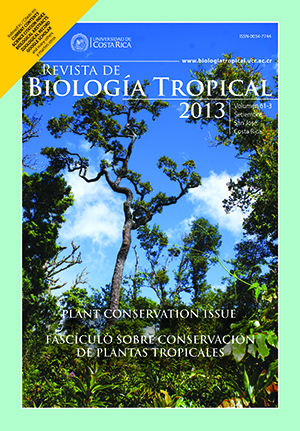Abstract
The reproduction of Blackfin tuna Thunnus atlanticus has been described for coastal regions, and for a long time, this species was considered to be a strictly continental spawner. Recently, this species was observed around a seamount habitat 500 nautical miles Northeast of Brazil, located between South America and Africa. In this study we describe the reproductive biology of Blackfin tuna at Saint Peter and Saint Paul Archipelago (SPSPA). Male and female gonads were sampled from December 2008 to July 2010, and analyzed macro and microscopically. A total of 361 fish were sampled (247 males and 114 females). Males were more common than females, with a sex ratio of 2.2 ♂:1♀. The fork length (FL) of all sampled specimens ranged from 38 to 98cm, and larger length classes were more frequent in males. It was possible to distinguish six maturity phases for females: immature, developing, spawning capable, actively spawning, regressing and recovering. Five phases were identified for males: immature, developing, spawning capable, actively spawning and recovering. The gonad index (GI) mean monthly values ranged from 6.6 (SD=4.1) to 58.4 (SD=34.7) for females, and from 2.6 (SD=1.3) to 66.2 (SD=30.4) for males. For both sexes, the largest GI values were observed at the beginning of the first semester of the year. Size at first maturity was estimated at 48cm FL and 55cm FL for females and males respectively. Approximately 80% of the specimens were adults and considered to be in reproductive conditions. Histological analysis of the ovaries and testes showed that most of the specimens were sexually mature and were reproductively active during all months of the year. However, females with mature ovaries, with large amounts of hydrated oocytes and post-ovulatory follicles, were mainly found from December to March, thus these months may constitute the main spawning season in SPSPA. Batch fecundity varied between 272 025 and 1 140 584 oocytes for 56 and 68cm FL females respectively. Oocyte development and spawning patterns suggest a multiple spawning behavior. The results revealed that Blackfin tuna is using the SPSPA as a spawning ground, similar to other species commonly observed in the same area during the same reproductive season.##plugins.facebook.comentarios##
Downloads
Download data is not yet available.


